BigSkyRock
Tenderfoot
- Nov 14, 2010
- 5
- 0
It's Huge, Has a great shape, but is it a Meteorite?
I found this on my front lawn. It obviously did not fall from the sky as there was no crater. Someone must have put it there. I want to know what it is? Here is what I know.
1. It's really heavy for its size. Weighs about 40 to 50 lbs.
2. Magnets do not stick. I used a 12 inch woofer speaker magnet.
(I finally found a magnet not attached to a speaker. It has a slight magnetism in the areas where the nubs were cut off exposing the inside)
3. Dimensions W 15in, H 10in, D 9in
4. As you can see in the photos it looks like nubs where cut off of it I guess for testing.
That's it. What do you think?
I found this on my front lawn. It obviously did not fall from the sky as there was no crater. Someone must have put it there. I want to know what it is? Here is what I know.
1. It's really heavy for its size. Weighs about 40 to 50 lbs.
2. Magnets do not stick. I used a 12 inch woofer speaker magnet.
(I finally found a magnet not attached to a speaker. It has a slight magnetism in the areas where the nubs were cut off exposing the inside)
3. Dimensions W 15in, H 10in, D 9in
4. As you can see in the photos it looks like nubs where cut off of it I guess for testing.
That's it. What do you think?
Amazon Forum Fav 👍
Attachments
-
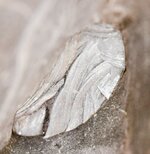 Meteorite-5.jpg90 KB · Views: 1,025
Meteorite-5.jpg90 KB · Views: 1,025 -
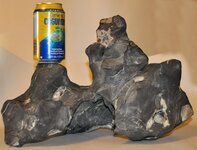 _Meteorite.jpg53.6 KB · Views: 992
_Meteorite.jpg53.6 KB · Views: 992 -
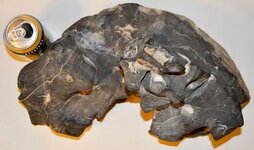 Meteorite.jpg71.8 KB · Views: 1,095
Meteorite.jpg71.8 KB · Views: 1,095 -
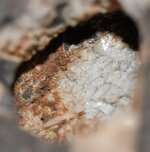 Meteorite-2.jpg75 KB · Views: 1,020
Meteorite-2.jpg75 KB · Views: 1,020 -
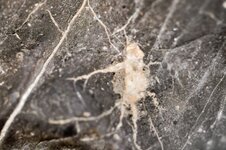 Meteorite-3.jpg91.1 KB · Views: 957
Meteorite-3.jpg91.1 KB · Views: 957 -
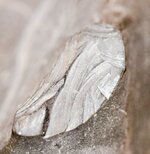 Meteorite-4.jpg90 KB · Views: 946
Meteorite-4.jpg90 KB · Views: 946 -
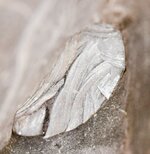 Meteorite-5.jpg90 KB · Views: 952
Meteorite-5.jpg90 KB · Views: 952 -
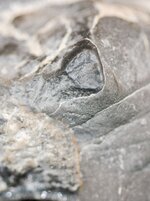 Meteorite-6.jpg73.4 KB · Views: 948
Meteorite-6.jpg73.4 KB · Views: 948 -
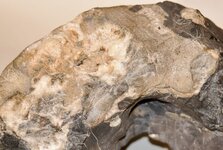 Meteorite-7.jpg93 KB · Views: 1,034
Meteorite-7.jpg93 KB · Views: 1,034 -
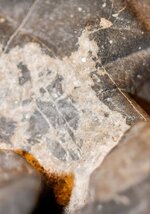 Meteorite-8.jpg74.4 KB · Views: 934
Meteorite-8.jpg74.4 KB · Views: 934





 I used to be a rockhound, and my college minor was Geology. More importantly, in this case, I also used to be a spelunker (cave-explorer) in the sedimentary-rock geology of southeast TN, northwest GA, and northeast AL. I've seen (and handled, and still own) many Chert-nodules. Chert from those areas (and others) tends to have the same internal grey color as yours. Also, your specimen appears to shows some (white) Calcite or Silica crystalization in places.
I used to be a rockhound, and my college minor was Geology. More importantly, in this case, I also used to be a spelunker (cave-explorer) in the sedimentary-rock geology of southeast TN, northwest GA, and northeast AL. I've seen (and handled, and still own) many Chert-nodules. Chert from those areas (and others) tends to have the same internal grey color as yours. Also, your specimen appears to shows some (white) Calcite or Silica crystalization in places.

